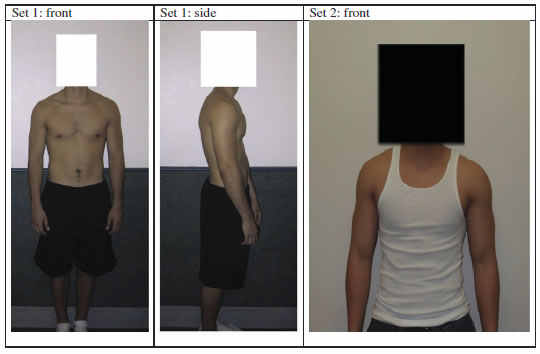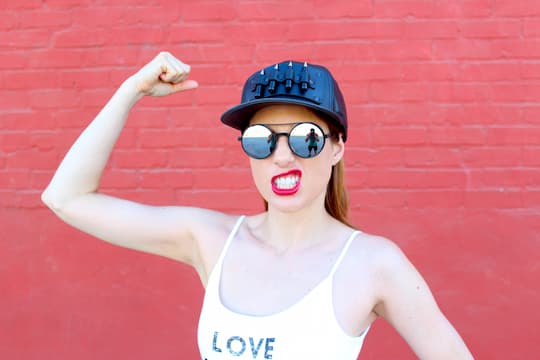All 160 females in the study agreed on the most attractive body shape or type for a man.
A strong upper body is the most attractive body shape or type on men to females, research finds.
Asked to judge photos of topless men, women consistently rated the stronger looking, more muscular men as the most attractive type.
Fully 70 percent of a man’s bodily attractiveness is down to how strong he looks, the researchers found.
Contributing factors were being tall and lean, but they were easily outweighed by being stronger.
Attractive male body shape research
The survey of 160 women’s preferences for male body shapes and types asked them to rate sixty shirtless men whose heads were obscured, like this:

Every man’s strength was determined using weightlifting and grip strength tests.
The women could accurately tell how strong the men were by looking at them, the results revealed.
There was no evidence that men’s body types could be too pumped up — the stronger they were, the better they looked to women.
There was no evidence that some had different tastes — all 160 women preferred the stronger-looking men.
Taller men are automatically rated as physically stronger, the study’s authors explain:
“…when rating physical strength, raters are known to treat taller men as physically stronger (independently of their actual weight-lifting strength), and yet even controlling for these ratings taller men are treated as more attractive.
This suggests that women are treating lean and tall men as more attractive for reasons other than just fighting ability.”
The study’s authors invoke an evolutionary explanation for the findings:
“…evolutionary psychologists have shown that women’s mate choice mechanisms track many cues of men’s genetic quality and ability to invest resources in the woman and her offspring.
One variable that predicted both a man’s genetic quality and his ability to invest is the man’s formidability (i.e. fighting ability or resource holding power/potential).
[…]One crucial component of a man’s ability to fight is his upper body strength.”
The study was published in the journal Proceedings of the Royal Society B (Sell et al., 2017).












